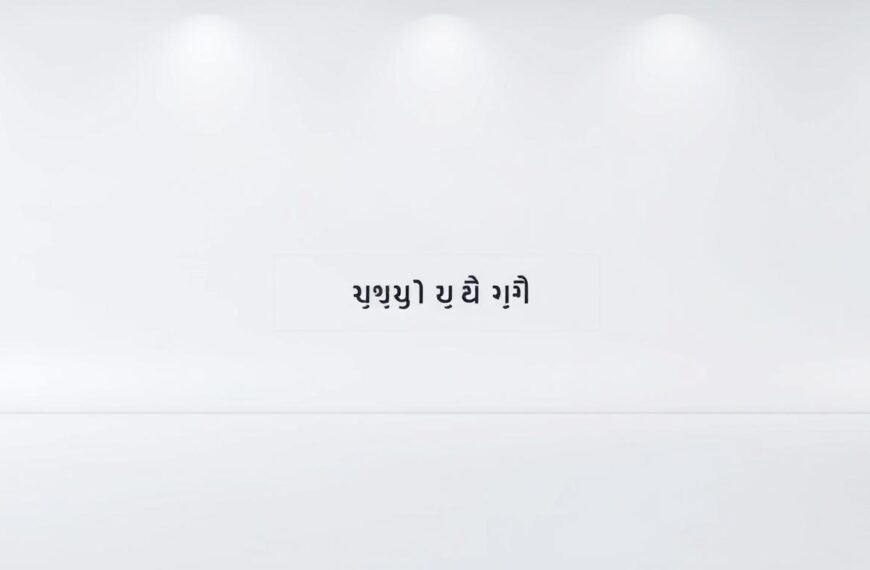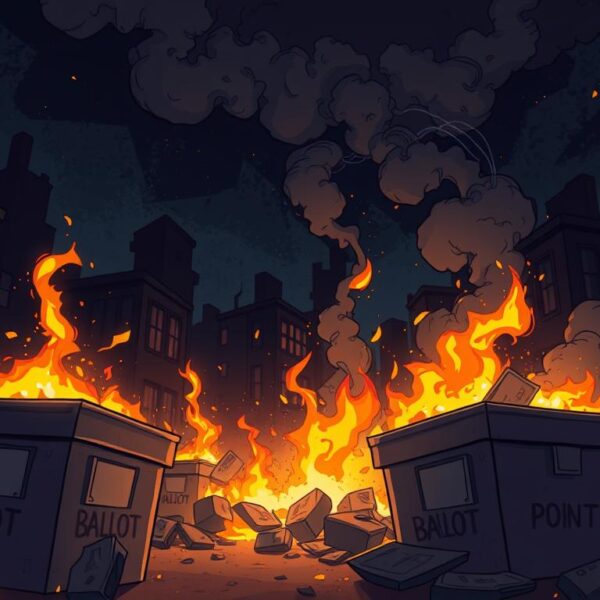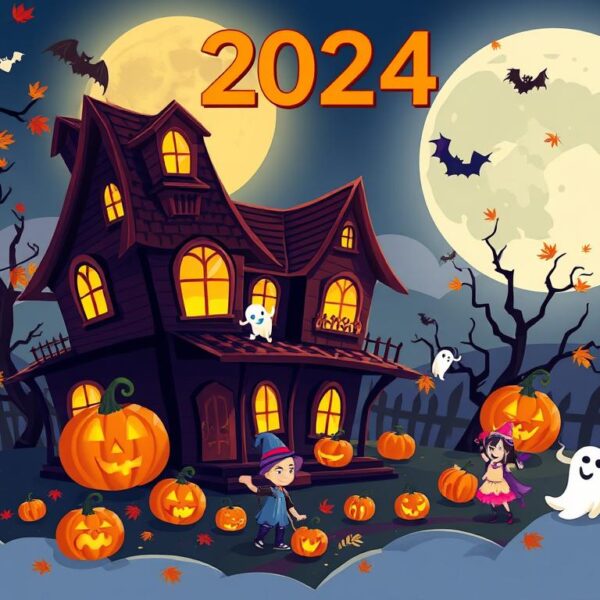Walking through Valencia, Spain, filled me with wonder. This city has stunning beaches, delicious food, and a rich history. It’s a hidden gem loved by travelers worldwide.
The city’s mix of old and new amazed me. The Silk Exchange shows its rich past, while the City of Arts and Sciences looks to the future. These places highlight Valencia’s unique spirit.
The smell of paella Valenciana drew me in. This dish is a big part of Valencia’s food scene. The city’s lively streets and green spaces add to its charm.
Valencia is more than its looks. It celebrates Spanish culture, especially during the Fallas Festival. This event features giant papier-mâché and wax statues, drawing thousands of viewers.
Leaving Valencia, I knew it had touched my heart. It’s a place with amazing architecture, food, and culture. Whether you want a beach vacation or a cultural journey, Valencia will enchant you.
Key Takeaways
- Valencia is the third largest city in Spain, with a population of over 800,000 in the municipality and over 2.5 million in the metropolitan area.
- The city’s economy is driven by diverse industries, including agriculture, manufacturing, shipbuilding, and a thriving tourism sector.
- Valencia is home to the City of Arts and Sciences, a futuristic architectural complex, as well as the historic Silk Exchange, a UNESCO World Heritage Site.
- The city’s annual Fallas Festival is a renowned celebration showcasing Spanish culture, with towering papier-mâché and wax monuments paraded through the streets.
- Valencia offers a unique blend of ancient and modern wonders, with a vibrant cultural life, mouthwatering cuisine, and stunning natural beauty.
About Valencia: City of Joy and Sands
Location and Geography
Valencia sits on Spain’s eastern coast. It’s the heart of the Valencian Community, a place with its own culture and language. The city’s history and identity were shaped by its location by the Turia River and the Mediterranean Sea.
Nicknames and Etymology
Valencia is known as the “City of Joy” and the “City of Sands.” These names highlight its beautiful Mediterranean setting. The city’s name comes from “Valentia,” meaning “strength” or “valor,” showing its Roman roots.
Valencia is a vibrant city with a rich history and stunning landscapes. It’s a top choice for those looking for a unique experience in Spain.
The City’s Ancient Origins and Roman Roots
Valencia, Spain, has a long history, starting with the Romans. Founded around 138 BC, it was called Valentia Edetanorum. It became a key spot for trade and government in the area.
The Romans built Valencia, moving 2,000 soldiers there. Soon, more people from Italy came, making it a bustling Roman city. By the mid-1st century, it was a thriving place, showing off its Roman achievements.
“Valencia was founded over 2,100 years ago as a Roman colony named ‘Valentia Edetanorum’ in 138 BC.”
Valencia’s location near the sea helped it grow. It became a major trade center, linking the Iberian Peninsula to Rome.
Today, Valencia’s Roman past is still seen in its buildings. The old Roman wall and aqueducts show its rich history. Visitors are drawn to its mix of old and new.
Medieval Moorish Rule and Influences
Valencia’s history is closely tied to the Moorish rule, lasting from the 8th to the 13th centuries. During this time, the city saw major growth and new ways to farm and water crops. These changes greatly altered the area’s landscape.
Architectural Gems from the Islamic Era
The Moorish influence on Valencia’s buildings is clear, with many stunning structures still around today. The Quart and Serrano Towers are prime examples of Islamic architecture that once dominated the city. These buildings show the city’s deep cultural roots and the lasting impact of its Moorish rulers.
The Moorish legacy in Valencia is also seen in places like the Tribunal de las Aguas, or Water Tribunal. It has been resolving water disputes for over a thousand years. The Admiral’s Baths, a restored Islamic hammam, also gives a peek into the region’s past.
Even after Valencia was conquered by Christians, its Moorish heritage remains a big part of its identity. Places like the Museo de la Almoina and the Spanish language academy’s palace show off the era’s architecture and culture.
“The Moorish influence on Valencia’s architecture is undeniable, with several remarkable structures still standing today.”
As people walk through Valencia, they dive into the city’s lively history. The Moors’ legacy continues to influence the city’s look and fascinate everyone who sees it.
Reconquista and the Christian Kingdom
In 1238, King James I of Aragon conquered Valencia. This started the city’s Christian rule. It led to a time of growth and culture known as the Valencian Golden Age, which happened in the 15th century.
The Golden Age of Valencia
Under the Kingdom of Valencia, the city changed a lot. Many famous landmarks were built, and the arts flourished. The city’s trade networks also grew.
Valencia became a key place for business. Its location on the Mediterranean and strong trade connections helped. The city’s skyline was filled with beautiful buildings that showed both Christian and Islamic styles.
Artists and thinkers from Valencia made big contributions to the area’s culture. The reconquista by the Christian Kingdom of Aragon was a big change for Valencia. It brought wealth and new ideas, making Valencia a major center of commerce and culture.
valencia spain
Today, Valencia is a thriving, modern city. It blends its historic past with a vibrant present. As the capital of the Valencian Community, it’s the third-largest in Spain. It has over 800,000 people in the city and over 2.5 million in the area.
The city’s location makes it a key commercial and transportation hub. This is seen in the busy Port of Valencia. It’s the fifth-busiest container port in Europe and the second-busiest on the Mediterranean Sea.
The city’s historic center spans about 169 hectares (420 acres). It keeps the architectural legacies of its past. In 2020, Valencia’s metro GDP was €56.413 billion, showing its economic strength. The city has also been named the European Capital of Sport in 2011, the World Design Capital in 2022, and the European Green Capital in 2024.
| Key Facts About Valencia | Values |
|---|---|
| Population (Municipality) | 807,693 |
| Population (Urban Area) | 1,582,387 |
| Population (Metropolitan Region) | 2,522,383 |
| Port of Valencia Ranking | 5th busiest container port in Europe, 2nd on the Mediterranean Sea |
| Historic Center Size | 169 hectares (420 acres) |
| Metro GDP (2020) | €56.413 billion |
Valencia, Spain has a mild Mediterranean climate. It has over 300 days of sunshine every year. The city is lively and welcoming for both locals and visitors.
From the famous Malvarrosa beach to the beautiful El Saler and El Palmar landscapes, there’s something for everyone. Valencia is a cultural and artistic center. It has many landmarks, museums, and architectural wonders that amaze and inspire.
Cultural Tapestry and Artistic Treasures
Valencia, Spain, is a city with a rich history. It has been influenced by Romans, Moors, and Christians. The Silk Exchange (Lonja de la Seda) is a key example of this history. It shows Valencia’s success in silk trade in the 15th century.
This UNESCO World Heritage Site highlights the city’s trade and art.
The Silk Exchange and Modernist Architecture
Valencia is also famous for its Modernist buildings. The Central Market and the Estació del Nord railway station are great examples. They mix beauty with practicality.
The city’s history is also seen in its churches. The San Nicolás Church and the Santos Juanes Church are examples. They combine Gothic and Baroque styles beautifully.
The San Nicolás Church has huge frescoes. They cover almost 2,000 square meters. They show the skill of Baroque artists.
The Santos Juanes Church is near the central market. It shows the lasting beauty of designs. It has a history going back to the 13th century.
The city’s art goes beyond buildings. The Museum of Fine Arts in Valencia is very old. It has art from many times, including the Middle Ages and the 20th century.
The museum has paintings, sculptures, and decorative arts. It features famous Spanish artists like Velázquez and Goya. It also has works by Valencian artists like Joaquín Sorolla.
Valencia’s culture and art mix old and new. This makes it a lively place for visitors. They can see the valencia spain culture, the silk exchange valencia, and the modernist architecture that make this city special.
Gastronomy: Paella and Delectable Delights
Valencia, a city on Spain’s eastern coast, is famous for its amazing food, especially paella valenciana. This dish is made with saffron, fresh seafood, and vegetables. It’s the heart of Valencian cuisine.
The Iconic Paella Valenciana
Paella valenciana is a mix of chicken or rabbit, green beans, white beans, and sometimes snails. Over time, Valencia’s food has grown from simple to sophisticated. Now, chefs are making new versions of old favorites.
But there’s more to Valencia’s food than just paella. You can try coca, a pastry like pizza, and horchata de chufa, a refreshing summer drink. These are just a few examples of Valencia’s rich food scene.
Other dishes like espardenyà and titaina del Cabanyal are also worth trying. They feature eel, rabbit, and tuna, along with beans and peppers. These dishes show the variety of Valencia’s cuisine.
Valencia’s food is amazing because of its fresh produce and seafood. The land is fertile, and the sea is close by. This mix creates a food scene that’s both traditional and modern.
| Dish | Key Ingredients | Description |
|---|---|---|
| Paella Valenciana | Chicken, Rabbit, Green Beans, White Beans, Saffron | The quintessential Valencian rice dish, cooked over an open fire with fresh seafood and vegetables. |
| Coca | Tomatoes, Onions, Tuna, Sugar, Pine Nuts | A Valencian pastry akin to pizza, with a variety of toppings. |
| Horchata de Chufa | Tiger Nuts, Water, Sugar | A popular Valencian summer beverage made from tiger nuts, water, and sugar. |
Valencia’s food scene is a celebration of its culture and history. It offers a wide range of dishes that showcase the Mediterranean’s flavors.
The City of Arts and Sciences
The City of Arts and Sciences in Valencia, Spain, is a famous landmark. It was designed by Santiago Calatrava, a well-known architect. This place is known for its modern design, cultural value, and scientific interest.
The complex includes the Oceanogràfic, Europe’s biggest aquarium, and the Palau de les Arts Reina Sofia opera house. There’s also the Museu de les Ciències Príncipe Felipe science museum and the Hemisfèric IMAX theater. Each building shows Calatrava’s unique style with its curves, arches, and colors.
The project started with a budget of €300 million in 1991. But, it ended up costing €1.2 billion. The Hemisfèric is huge, covering 13,000 square meters. The Museu de les Ciències Príncipe Felipe is even bigger, with 40,000 square meters across three floors.
The City of Arts and Sciences is a top spot to visit in valencia spain. You can see the Palau de les Arts Reina Sofia‘s amazing roof or check out the Museu de les Ciències Príncipe Felipe‘s interactive exhibits. It shows Valencia’s love for innovation and the arts.
“The City of Arts and Sciences is a true architectural marvel, showcasing the genius of calatrava architecture and Valencia’s forward-thinking spirit.”
Festivals and Traditions: The Famous Fallas
Valencia, Spain, is known for its lively festivals and traditions. The Fallas is the most famous. It happens every March and features giant, decorated “cardboard sculptures” called ninots. The Fallas was named a Fiesta of National Tourist Interest in 1965 and a UNESCO Intangible Cultural Heritage in 2016.
The Fallas festival lasts five days, from March 15 to 19. Over a million people visit Valencia during this time. On March 15, known as La Plantà, over 700 ninots are displayed around the city. One is chosen to be saved each year and is shown at the Fallas Museum.
The festival includes many events. Daily firecracker shows called mascletà happen at Plaza del Ayuntamiento. Traditional pastries like bunyols de carabassa are also sold on the streets.
The festival ends on March 19, known as La Cremà. All the fallas are burned, with the first prize-winner being set ablaze at 10:30 pm. The burning at Plaza del Ayuntamiento ends the festival at 11:00 pm.
| Event | Date | Description |
|---|---|---|
| La Plantà | March 15 | Over 700 enormous ninots (puppets or dolls) are set up around the city. |
| Mascletà | March 1 to 19 | Daily firecracker show at Plaza del Ayuntamiento, lasting about 10 minutes and reaching up to 120 decibels. |
| La Cremà | March 19 | All the fallas are set ablaze, with the burning of the first prize-winner monument at 10:30 pm and the monument at Plaza del Ayuntamiento at 11:00 pm. |
The Fallas in Valencia, Spain, shows the city’s rich culture and traditions. It features giant ninots, firecracker displays, and the burning of monuments. The Fallas festival is a highlight for visitors to the valencia spain fallas festival, a fiesta of national tourist interest.
Beaches and Natural Beauty
Valencia, a lively city on Spain’s east coast, has more than culture and history. It also has beautiful natural spots, like its wide valencia spain beaches by the Mediterranean. From busy Malvarrosa Beach to peaceful El Saler, the city’s coastal beauty is a treat.
The Albufera: Mirror of the Sun
South of the city, the albufera natural park is a special place. It’s Spain’s biggest freshwater lake and a natural treasure. Here, sunsets mirror on the calm water, creating a stunning light show. The park is also a birdwatcher’s dream, with many species to see.
Valencia’s coast has many beaches, each unique. Cabanyal Beach is long, and El Saler Beach is surrounded by pine trees. Malvarrosa Beach is famous for its marine life, just off the coast.
“Valencia’s beaches and natural landscapes offer a serene escape from the bustling city, allowing visitors to immerse themselves in the region’s stunning coastal beauty.”
The Patacona Beach is a short walk and has a lively promenade. Tavernes de la Valldigna Beach is great for water sports, stretching six kilometers. La Devesa Beach, five kilometers long, shows off the area’s natural splendor.
Vibrant Neighborhoods and Nightlife
Valencia, a coastal city in Spain, is known for its lively neighborhoods. Each area has its own unique vibe and charm. From El Carmen’s historic center to Ruzafa’s trendy scene, there’s something for everyone.
The El Carmen neighborhood is a treasure trove of history and culture. Its narrow streets and traditional buildings are perfect for exploring. At night, it comes alive with cozy bars, tapas, and clubs.
The Ruzafa district is all about modern vibes and creativity. It’s a hotspot for new restaurants, bars, and cultural spots. It’s a favorite among Valencia’s young and creative crowd.
Valencia’s neighborhoods and nightlife show the city’s lively spirit. The city’s music scene ranges from underground rave to commercial house and more. There’s something for every taste.
Looking for a night of dancing or a cozy spot for drinks? Valencia has it all. Its neighborhoods and nightlife offer unforgettable experiences.
| Neighborhood | Highlights |
|---|---|
| El Carmen | Charming plazas, traditional architecture, lively bars and clubs |
| Ruzafa | Cutting-edge restaurants, trendy bars, vibrant cultural venues |
| City of Arts & Sciences | Chic club Mya, popular among the city’s elite |
| Ensanche | Plaza de Canovas, the nerve center of nightlife |
| Sueca | Barraca, one of the last legendary nightclubs from the times of La Route |
Valencia’s diverse neighborhoods and lively nightlife make it a must-see. It’s a city that offers a rich cultural experience for all visitors.
Conclusion
Valencia is a special place with ancient history, cultural richness, and modern innovation. It has stunning sights like the City of Arts and Sciences. Plus, it’s famous for its delicious food and lively festivals.
Visitors love Valencia for its historic charm, amazing architecture, and beautiful beaches. It has over 300 sunny days a year. The city also has a great vegan food scene and is more affordable than other big Spanish cities.
Valencia has a rich history from the Romans to today’s modern vibe. It’s a great place to see both old and new. Plus, it’s close to other beautiful places, making it a perfect base for exploring.
So, why not visit Valencia and see its many wonders for yourself? It’s a hidden gem waiting to be discovered.













